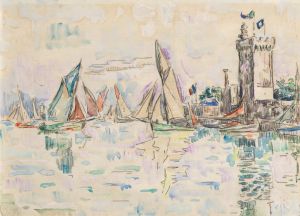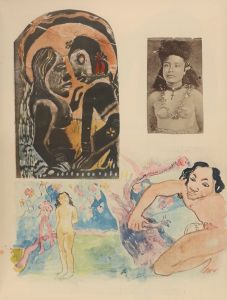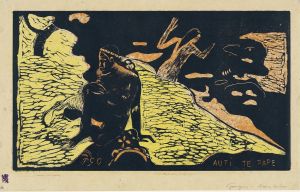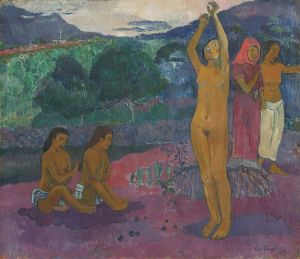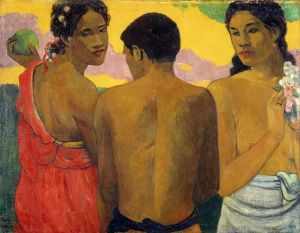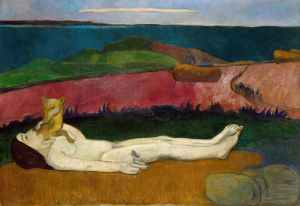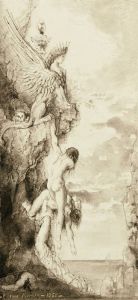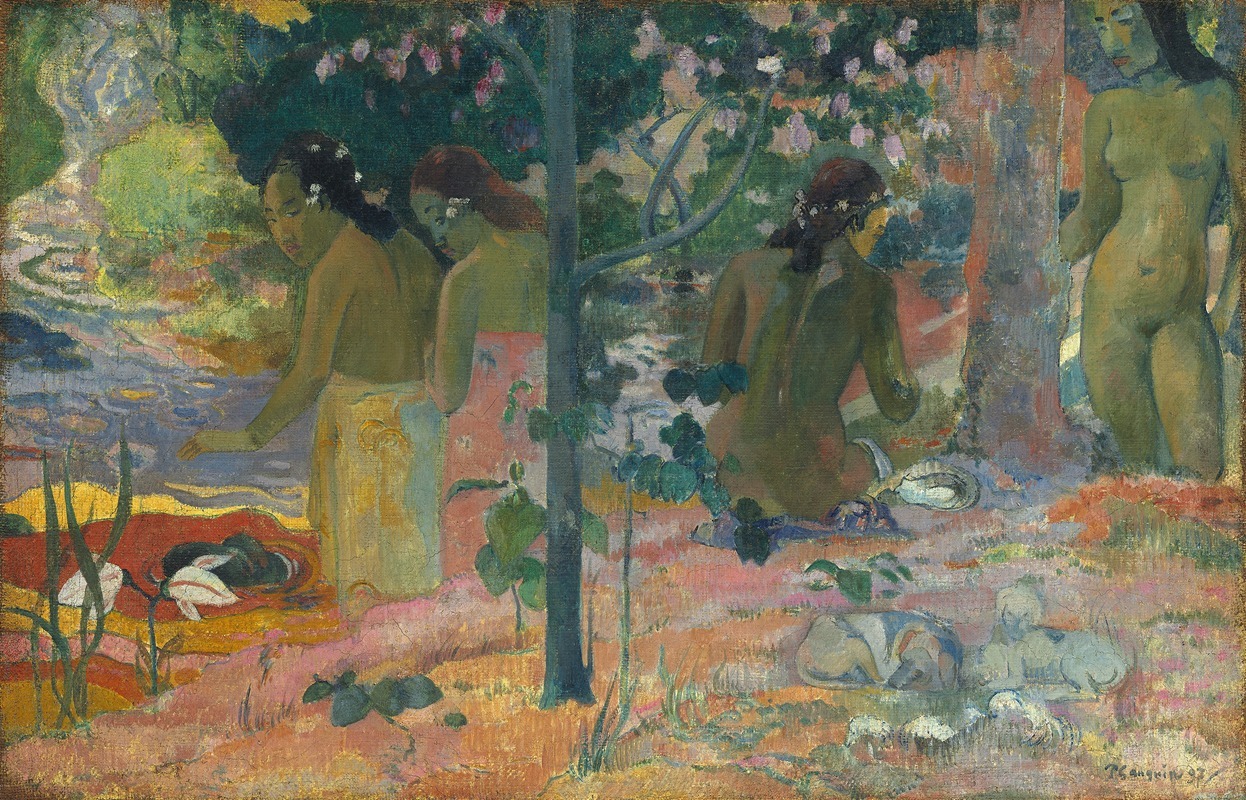
The Bathers
A hand-painted replica of Paul Gauguin’s masterpiece The Bathers, meticulously crafted by professional artists to capture the true essence of the original. Each piece is created with museum-quality canvas and rare mineral pigments, carefully painted by experienced artists with delicate brushstrokes and rich, layered colors to perfectly recreate the texture of the original artwork. Unlike machine-printed reproductions, this hand-painted version brings the painting to life, infused with the artist’s emotions and skill in every stroke. Whether for personal collection or home decoration, it instantly elevates the artistic atmosphere of any space.
"The Bathers" is a painting by the French Post-Impressionist artist Paul Gauguin. Created in 1898, this work is part of Gauguin's Tahitian period, during which he sought to capture the essence of the native culture and landscape of French Polynesia. Gauguin moved to Tahiti in 1891, seeking an escape from European civilization and a return to a more primitive and natural way of life. His time in Tahiti greatly influenced his artistic style and subject matter.
"The Bathers" depicts a group of Tahitian women bathing in a natural setting. The composition is characterized by its vibrant colors, bold outlines, and simplified forms, which are hallmarks of Gauguin's mature style. The painting reflects Gauguin's interest in the exotic and the primitive, as well as his desire to portray an idealized vision of Tahitian life.
In "The Bathers," Gauguin employs a palette of rich, warm colors, including deep blues, greens, and reds, which create a sense of harmony and tranquility. The figures are arranged in a rhythmic pattern, with their bodies forming a series of curves and lines that lead the viewer's eye through the composition. The background features lush vegetation and a serene body of water, further enhancing the idyllic atmosphere of the scene.
Gauguin's use of color and form in "The Bathers" demonstrates his departure from the naturalistic representation of the Impressionists and his move towards a more symbolic and expressive style. He often used color not to depict reality but to convey emotion and meaning. This approach is evident in "The Bathers," where the vibrant hues and stylized forms create a dreamlike quality that transcends the ordinary.
"The Bathers" also reflects Gauguin's fascination with the spiritual and the mystical. He was deeply interested in the religious and cultural practices of the Tahitian people, and this interest is often evident in his work. In this painting, the act of bathing can be seen as a ritualistic and purifying experience, connecting the figures to the natural world and to each other.
Paul Gauguin's time in Tahiti was marked by both personal and professional challenges. Despite his romanticized vision of the island, he faced financial difficulties, health problems, and a sense of isolation. Nevertheless, his Tahitian period produced some of his most celebrated works, including "The Bathers." These paintings are considered significant contributions to the Post-Impressionist movement and have had a lasting impact on the development of modern art.
"The Bathers" is housed in the National Gallery of Art in Washington, D.C., where it continues to be admired for its beauty and its insight into Gauguin's unique artistic vision. The painting remains an important example of Gauguin's ability to blend elements of Western and non-Western art to create a distinctive and influential style.





